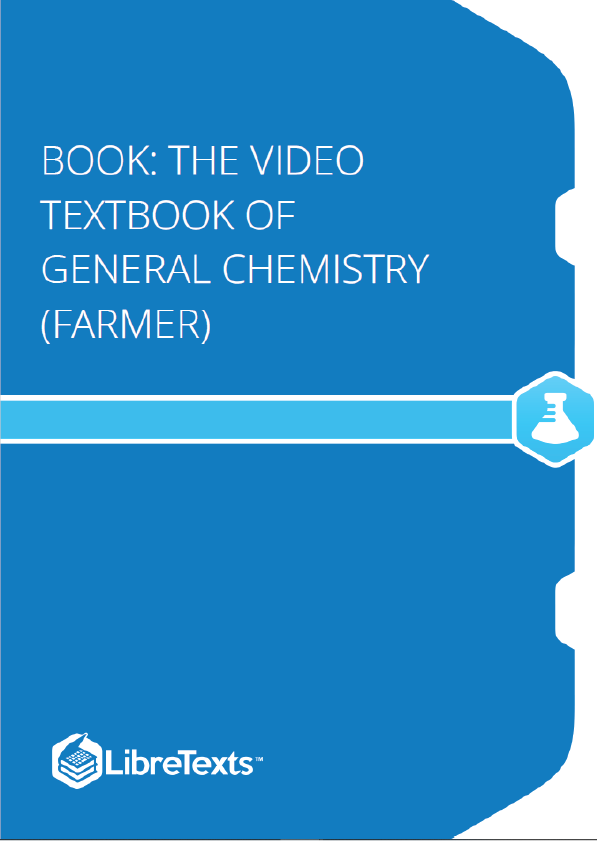This project was preformed to supply Libretext Authors with videos on General Chemistry topics which can be used to enhance their projects. Also, these videos are meant to act as a learning resource for all General Chemistry students.
The amount to heat required to cause a substance to change temperature follows the equation: q = mCdT. Where q is the heat change in J. m is the mass of the substance in grams. dT is the change in temperature (TF – TI) in oC. C is the specific heat of the substance in J/goC/. Some heat changes do not involve a temperature change (isothermal). These changes involve a change of state in a substance. Heat of reaction (qrxn): The quantity of heat exchanged between a system and its surroundings when a chemical reaction occurs. Enthalpy of reaction (dH) in J/mol. The amount of heat absorbed or given off per mole of reactant Exothermic: dH is negative, qrxn is negative, and the reaction gives off heat to the surroundings. Endothermic: dH is positive, qrxn is positive, and the reaction absorbs heat from the surrounding. Melting point: Conversion of solids into liquids: Endothermic = dHofusion Freezing point : Conversion of liquids into solids: Exothermic = -dHofusion Sublimation: Conversion of solids into gases: Endothermic = dHosub Deposition: Conversion of gases into solids: Exothermic = -dHosub Boiling point : Conversion of liquids into gases: Endothermic = dHovap Condensation: Conversion of gases into liquids: Exothermic = -dHovap
This project was preformed to supply Libretext Authors with videos on General Chemistry topics which can be used to enhance their projects. Also, these videos are meant to act as a learning resource for all General Chemistry students.
Ionic IMF: Electrostatic attractions between cations and anions in an ionic compound. A metal bonded to a non-metal. In some cases we can compare the relative strength of ionic IMF’s. Ionic IMF’s increase as the charge on the ions increase. The attraction between a positive charge and a negative charge increases as they come closer together. Ionic IMF’s increase as the ionic radii for the ions decreases. Ionic radius increases as we go to the left and down on the periodic table. So, the ionic IMF of an atom tends to increase as we go up and to the right on the periodic table.
This project was preformed to supply Libretext Authors with videos on General Chemistry topics which can be used to enhance their projects. Also, these videos are meant to act as a learning resource for all General Chemistry students.
Bond dipole moment. Electronegativity (EN) is a measure of an atoms ability to hold the electrons in a bond. EN increases as we go up and to the right other periodic table. The electron pair in a polar covalent bond is not shared equally. EN 0. If A is more EN than B then Aᵟ–Bᵟ+. A molecule’s dipole moment is approximately the vector sum of its bond dipole moments. A nonpolar molecule can have polar bonds oriented so that the vector sum of the bond dipole moments is 0. Polar molecules have a stronger intermolecular force than non-polar molecules because of the charge separation.











